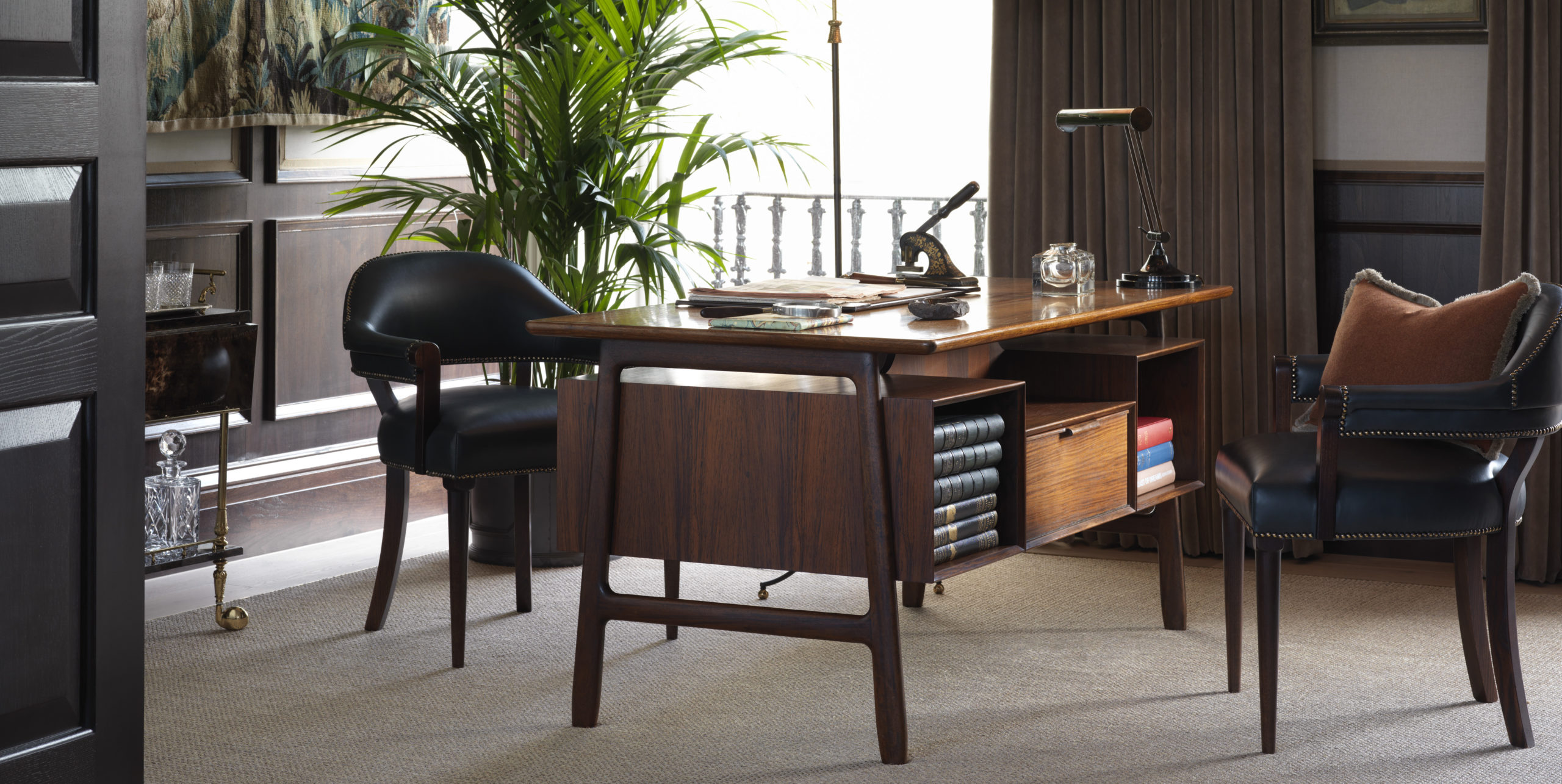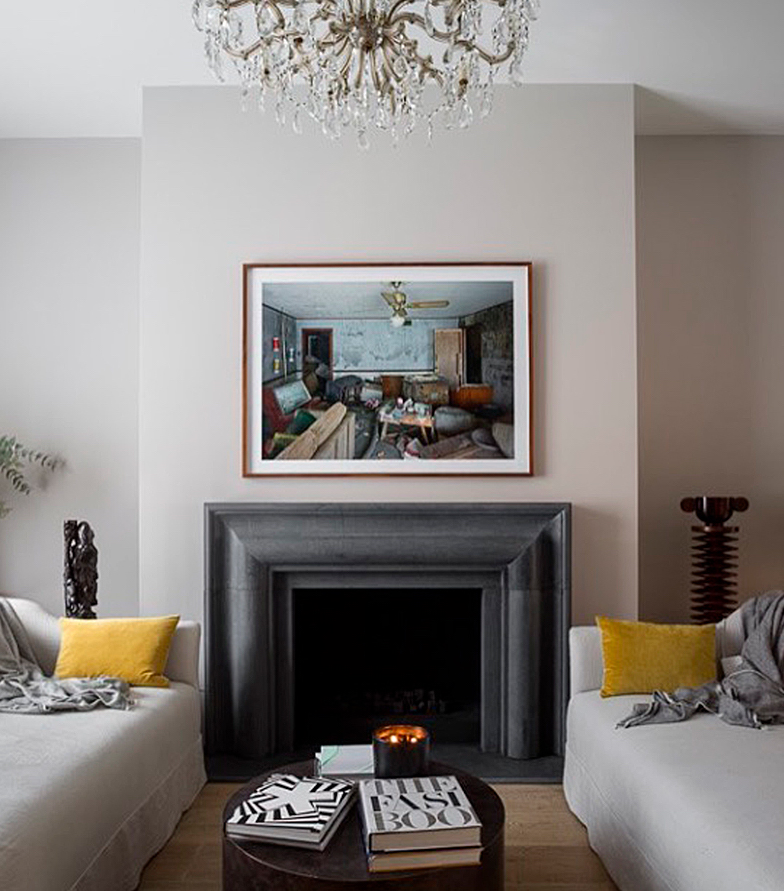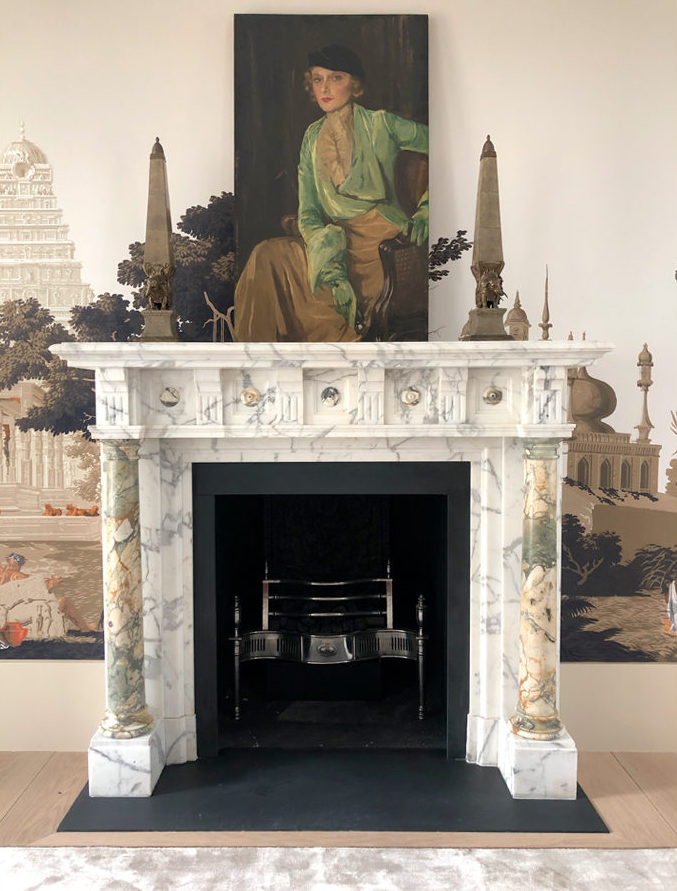As we prepare for life in a post-pandemic world, our impact as consumers has never been more apparent. With Covid restrictions still in place, our behaviour has had to adapt and evolve, making it clear to see the shifts that can take place when collective change occurs in this way. When also looking at the climate crisis, of which we are rapidly in a race against time, the need for global disruption is critical. And, while our individual actions may appear futile when facing such challenges, each step in the right direction is essential in creating the difference we urgently need.
According to a 2019 survey by the British Heart Foundation, a third of adults in the UK alone throw away furniture which could be reused or recycled. Alongside the countless mass-produced furniture designs adding to the 22 million small items of furniture we dispose of in the UK each year, could a rise in the desire for antiques and vintage objects help to create the circular industry we are striving for?
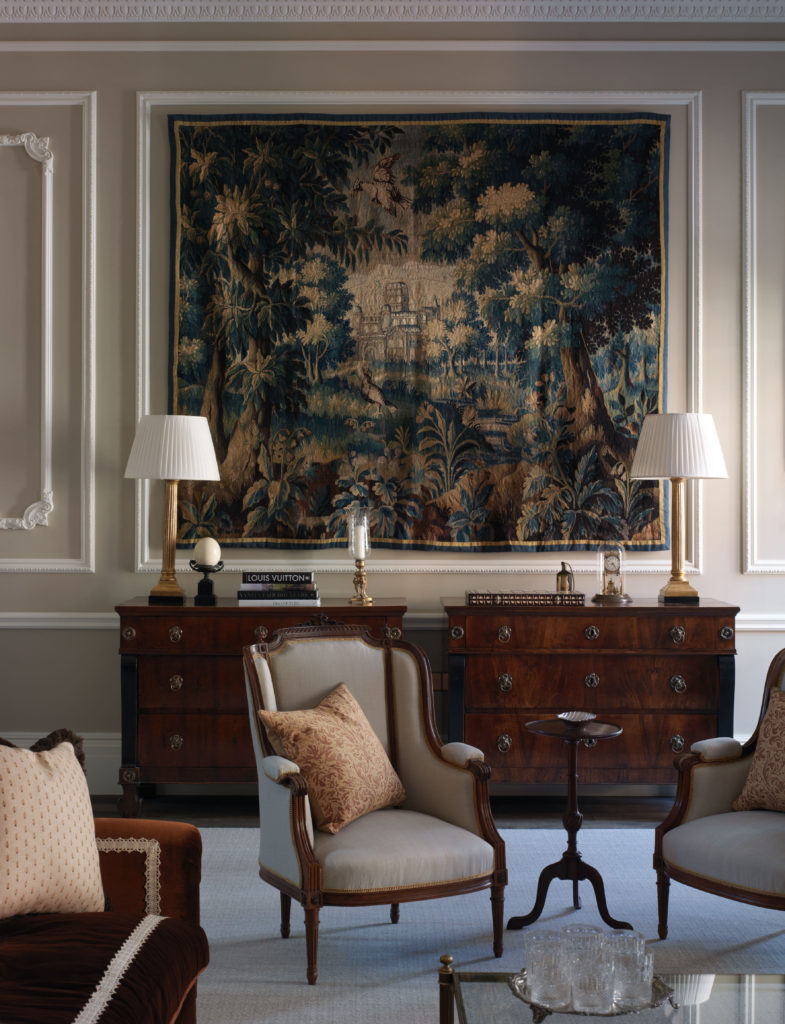
As we spend more time in our homes, the need for a space which provides a sense of meaning, as well as reflecting our personality, has become a priority. The desire to find pieces which have a strong narrative behind them, or the use of an item which has been passed down through generations, are all becoming popular ways in which homeowners can decorate their interiors.
Coupled with the digital transition of the antiques world, it is also now easier to find such items thanks to the online marketplaces, auctions and platforms which have emerged in recent years. As the Craft Council’s Market for Craft report states, the number of craft buyers has risen by 73% since 2006 to an astonishing 31.6 million people. Correlating this, the love for antiques is evidently increasing as people are reconnecting with the craftsmanship behind such pieces and the value in the work which is inherent in items of such credibility.
While this upward shift may be moving us away from the high street, our contribution to the world of ‘fast furniture’ has been dictated by price and convenience, as well as the societal pressure of always following the latest trends. Therefore, a pressing priority is how we can make antiques as equally accessible to a wider audience, especially those with limited budgets. This could be through payment plans, buy-back schemes and further education in the areas of repair and restoration.
Rami Kade, founder of RKade Antiques in London, agrees. “Though the age group of our clients is generally above 40, we are now seeing a number of younger clients aspiring to own such historical pieces,” he explains. “We go as far as spreading their payments so we can encourage them to become collectors of such unique items.” This mindset not only has attracted a new audience for the gallery, it is also helping a new generation to understand the value and heritage that needs to be preserved.
We are now seeing a number of younger clients aspiring to own such historical pieces
Rami Kade, founder of RKade Antiques
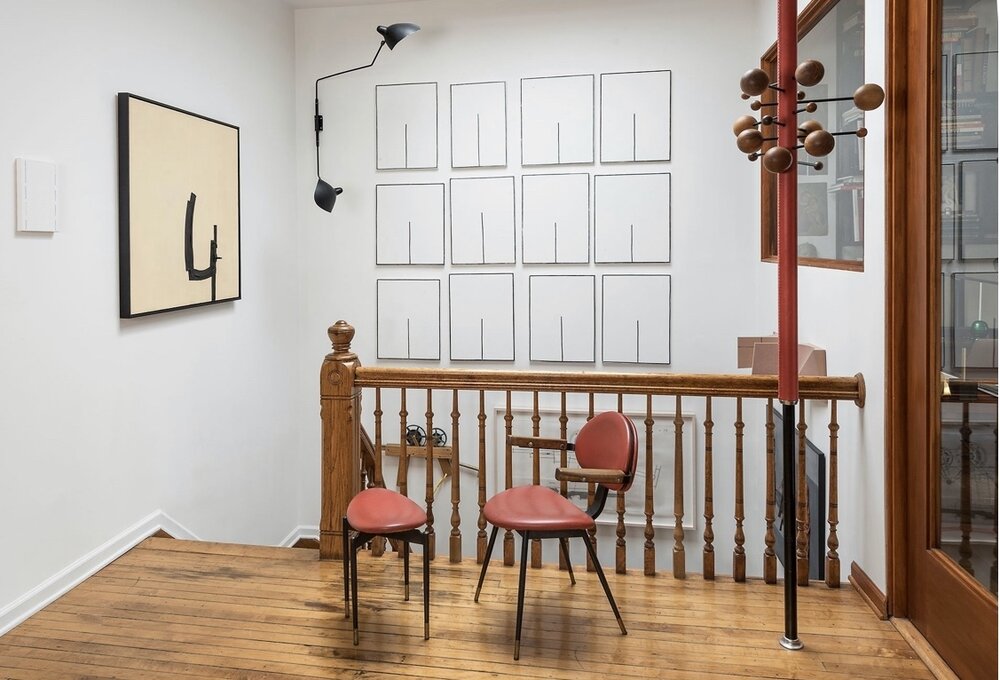
Coupled with this movement is also the growing need for restoration. To ensure that the integrity of these precious items is maintained, the requirement for specialist conservationists is increasing once again. In the late 1990s, when the high street boomed, many restorers had to seek work elsewhere, and very few younger artisans viewed it as a viable career option. This resulted in many educational paths for the craft being stopped and we are now looking at an industry which is diminishing year on year. However, thanks to the rise of TV shows such as The Repair Shop, and the power of social media, many design lovers are once again realising the value restoration brings, especially as we strive for a circular economy in the not too distant future.
Despite this progress, antique fireplace dealer, David Flatt of Marmorea, feels there is still more work to do in rescuing this dying trade. “The authenticity these pieces bring to your home is undeniable,” he states. “And, as every original piece I sell always needs some form of restoration, it is an integral part of my business and it is crucial that we refocus our energy back into the industry to ensure we can continue working with such items in the future.”
With a lot of work to do in ensuring the antiques world remains relevant to future audiences, interior designers have also noticed a shift. Albion Nord, the London-based interior design studio, is passionate to incorporate an array of vintage finds and treasures within their interior spaces. “Many of our clients are drawn to using antiques in their schemes as it creates a timeless balance between old and new,” says Ottalie Stride, the company’s creative director. “Our ethos is ultimately all about making homes that will last a lifetime, so we want to raise awareness that antiques aren’t just suited for traditional homes and, when styled correctly, can also work excellently in new builds.”
READ: Albion Nord: the interior design firm creating ‘magnificent jigsaws’

While consumers will always have a need and desire for new designs to emerge, the love for antiques not only helps to utilise furniture already produced, it also helps us to understand the importance of investing in pieces which will last for a lifetime.
As we look ahead to what will be a pivotal decade for generations to come, the nostalgic and sentimental comfort that we find in antiques will automatically help in disrupting the furniture and design world to a more circular model. If we stopped all production of new furniture today, we would have enough furniture for everyone. The vast stockpiles that sit untouched in storage containers, and the increasing levels which end up in landfill, could be added back into homes all over the world if we applied this mindset of reuse, repair and restoration. Increasing the longevity of each piece will help in slowing down the levels of over-production which are putting our planet at harmful risk as we continue to deplete its natural resources.
The concept of producing less should never be seen as a poor commercial prospect. A booming economy can be rebuilt around the worlds of restoration and antiques; however, it requires manufacturers to be brave and bold enough in incorporating these functions into current business models. Not only will it help to preserve the work of such a passionate community, it will also future-proof businesses in appealing to an upcoming generation who understand the value and importance of circularity. In this instance, protecting our past could really safeguard our future.
Effect Magazine is brought to you by Effetto



